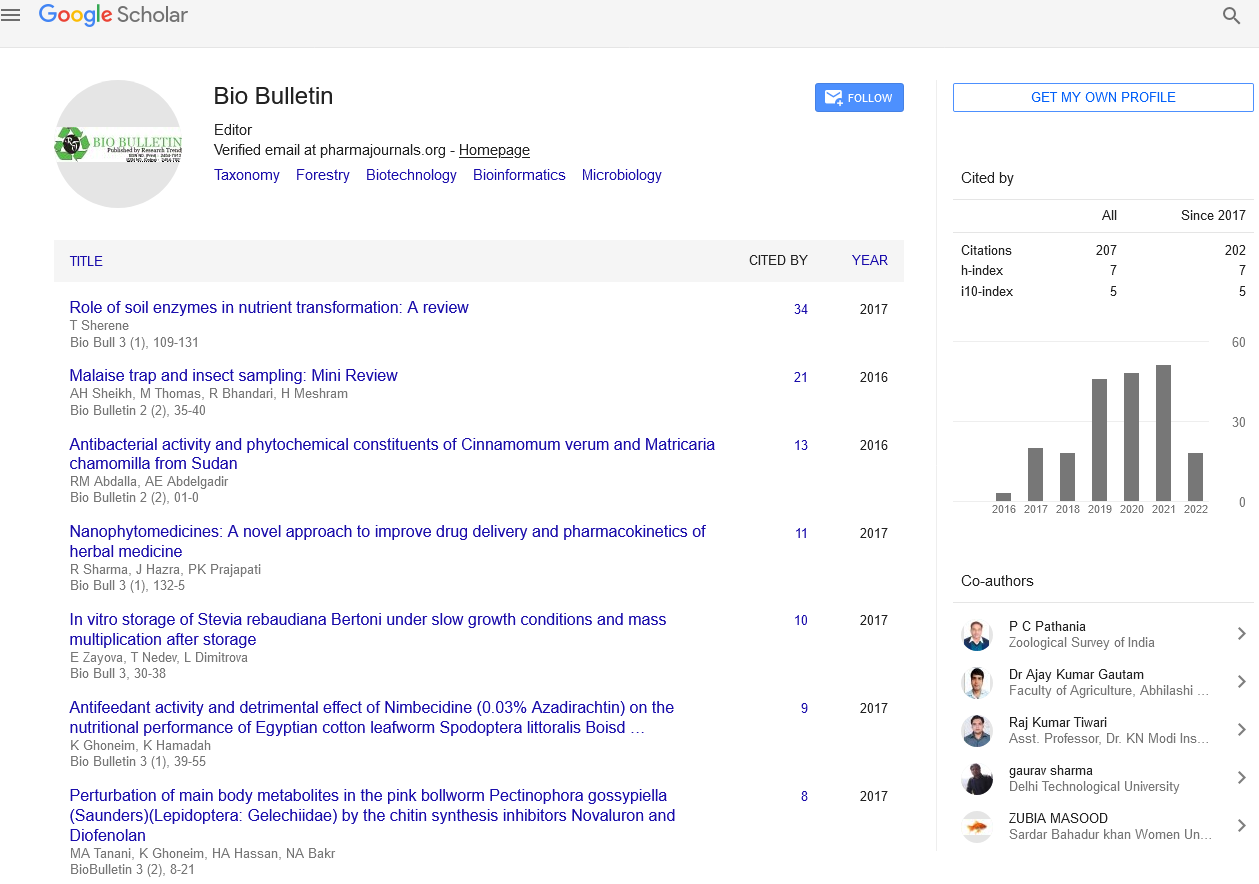The Effects of Plant Restoration on Soil Properties
Opinion Article - (2022) Volume 8, Issue 3
Description
The overall effects of various plant restoration types on soil characteristics are unclear. Evaluating the soil qualities of the Loess Plateau's primary economic and ecological tree species can provide critical information for regional ecological environment restoration. Soil Water Content (SWC), Soil Particle Composition (SPC), Root Distribution (RD), Soil Organic Carbon (SOC) content, Soil Bulk Density (SBD), Total Porosity (TP), saturated hydraulic conductivity (Ks), Soil Water Retention Curves (SWRCs), and soil aggregate stability were compared in peach (Prunus persica), walnut (Juglans regia L.), apple (Malus pumila) orchards, and black locust (Robinia pseudoacacia) and grassland of similar age on the semi-arid Loess Plateau. SWC was substantially lower in forestland, particularly in black locust, than in grassland.
The soil texture was affected by the different vegetation restoration types such as: grassland had the highest clay concentration, while black locust had the lowest. The process underlying the induction of some soil modifications that favour an increase in plant growth in mined areas includes functional changes in vegetation. Vegetation restoration influences soil qualities at various scales, and soil parameters and topographic factors influence vegetation development. Various researches have shown that soil organic matter, total N, available P, and available K are all strongly positively linked with the growth of vegetation. Vegetation restoration can also enhance soil bulk density, water retention, and porosity significantly.
Beneath the conditions of vegetation growth and development, soil organic matter has a significant effect on vegetation and also has some effects on other soil nutrients. However, a prior study discovered that plant restoration had little influence on soil organic matter and accessible nitrogen in abandoned wasteland and this effect was dependent on the artificial vegetation restoration model. The soil quality index was used to assess the effect of vegetation restoration on soil quality, and the benefits of various vegetation restoration methods were compared using the value of difference between vegetation restoration and the comparable farmland. The results revealed that the physical and chemical characteristics, enzyme activity, and microbial diversity of soil differed significantly between mine reclamation and control plots based on forest age.
Soil physical and chemical parameters, enzyme activity, and microbial diversity differed from control plots as stand age increased. Later the vegetation restoration, the bulk density and water content in the mine area declined, which differed from the control plots. Nevertheless, other indexes increased in the surface mine reclamation area. The interplay of vegetation growth and soil biological activity, soil structure and fertility has improved as a result of the vegetation restoration procedure. Plant cover can efficiently prevent soil erosion, enhance soil quality, and aid in the ecological regeneration of cut slopes.
However, experts disagree on the type of vegetation cover which is ideal for improving artificial soil quality and structural stability of cut slopes. Various soil samples were obtained from four treatments [Herbaceous-only vegetation restoration Slopes (HS); Mixed vegetation restoration type Slope I, composed of herbs and shrubs (MSI); Mixed vegetation restoration type Slope II, composed of herbs, shrubs and trees (MSII); and Natural Slopes (NS)] to evaluate the effect of different vegetation restoration types on the artificial soil of cut slopes restored with OSSS.
Conclusion
Three slopes were chosen for HS, MSI, MSII, and NS, for a total of twelve slopes. Some fundamental metrics (physical, chemical, and biological parameters) as well as structural aspects were examined in the soil (bias coefficients, peak convex coefficient, fractal dimension, structural failure rate, and soil erodibility). Soil and plants both promoted each other during the restoration process. Vegetation restoration was the outcome of improvements in soil fertility and vegetation characteristics.
Author Info
Fraser Watson*Citation: Watson F (2022) The Effects of Plant Restoration on Soil Properties. Bio Bulletin, 8(3): 01-02.
Received: 30-Aug-2022, Manuscript No. BIOBULLETIN-22-77658; , Pre QC No. BIOBULLETIN-22-77658(PQ); Editor assigned: 02-Sep-2022, Pre QC No. BIOBULLETIN-22-77658(PQ); Reviewed: 16-Sep-2022, QC No. BIOBULLETIN-22-77658; Revised: 23-Sep-2022, Manuscript No. BIOBULLETIN-22-77658(R); Published: 30-Sep-2022, DOI: 10.35248/2454-7913.22.8.098
Copyright: This is an open access article distributed under the terms of the Creative Commons Attribution License, which permits unrestricted use, distribution, and reproduction in any medium, provided the original work is properly cited.

